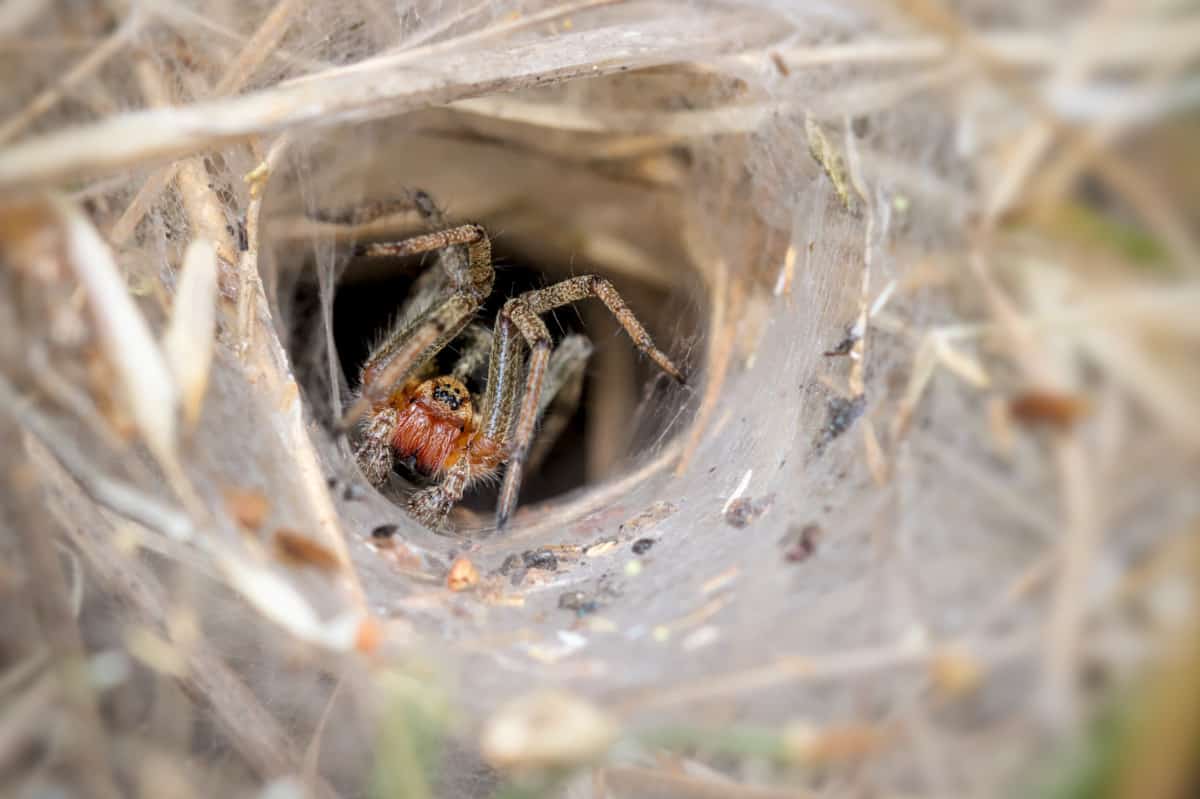

In the present study, we examined the phototactic behaviors of the garden spider Araneus and the jumping spiders Menemerus and Hasarius. In addition, Yamashita (1987) reported that Argiope also responded positively to the light for a short period after the dimming of light.Īrgiope and Nephila appear to be active both during the day and night they stay in the hubs of their webs and attack prey animals throughout the day. Yamashita and Tuji (1987) concluded that extraocular photoreceptors in the brain control the phototactic behavior of these spiders. On the other hand, when the brain was illuminated through the cuticle covering it via a light guide touched onto the central part of the prosoma just above the brain, the spiders showed a positive phototaxis to the test light. When small background illumination was presented to only a portion of the eyes, the spiders showed a negative phototaxis. On a light-background, however, the spiders tended to turn toward the test light (positive phototaxis).


Yamashita and Tuji (1987) showed that on a dark-background, the orb weaving spiders, Argiope amoena and Nephila clavata, tended to turn at Y-arms directed away from a test light given to the eyes (negative phototaxis). Phototactic behavior of tethered orb weaving spiders which walked on a Y-maze globe has been examined ( Yamashita and Tuji, 1987 Yamashita, 1987, 1992).


 0 kommentar(er)
0 kommentar(er)
